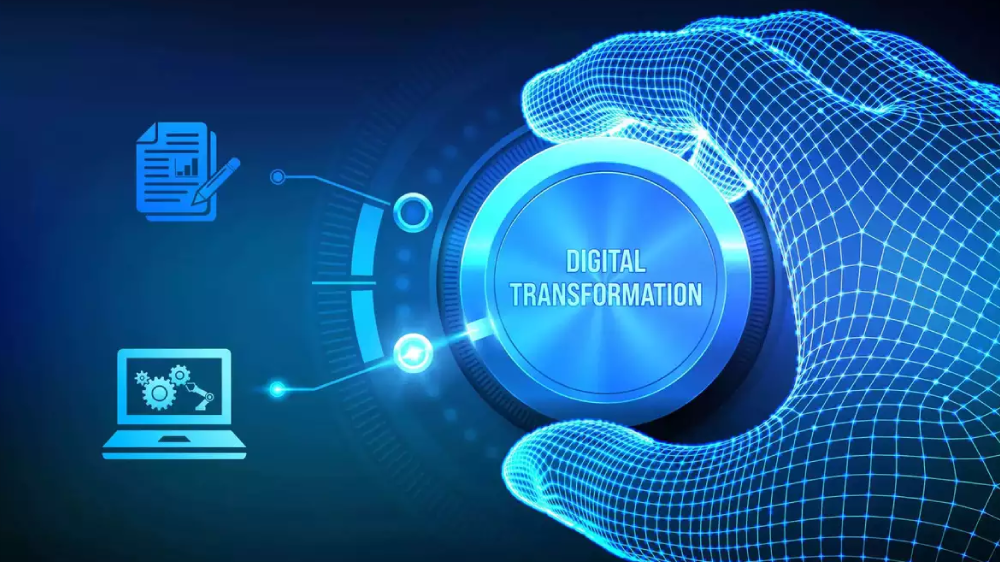
The Future of Procurement: Embracing Technology, Sustainability, and Collaboration for the Future
Businesses are continuously looking for methods to streamline their processes and increase efficiency in today’s fast-paced, globally linked environment. Traditionally a manual and time-consuming process, procurement has undergone a digital transformation, revolutionizing the way organizations source and manage their supply chains. In this article, we will explore the future of procurement, the impact of digital transformation, and the key trends shaping the industry.
The Rise of Digital Transformation in Procurement
Digital transformation has become a buzzword in business circles, and procurement is no exception. The integration of technology into procurement processes has brought about significant improvements in efficiency, cost savings, and strategic decision-making. Let’s delve into some of the key aspects of digital transformation in procurement:
1. Automation and Artificial Intelligence
Automation and artificial intelligence (AI) have revolutionized procurement processes. Manual tasks such as data entry, invoice processing, and vendor management can now be automated, freeing up valuable time and resources. AI-powered systems can analyze large datasets, identify patterns, and make predictions, enabling organizations to make data-driven decisions and optimize their procurement strategies.
2. Cloud-Based Procurement Solutions
Cloud-based procurement solutions have gained traction in recent years. These platforms provide organizations with a centralized system to manage their procurement activities, including supplier selection, contract management, and purchase orders. Cloud-based solutions offer real-time visibility into the procurement process, facilitating collaboration between stakeholders and improving overall efficiency.
3. Supplier Relationship Management
Effective supplier relationship management (SRM) is crucial for successful procurement. Digital transformation has enabled organizations to enhance their SRM practices through the use of supplier portals, online collaboration tools, and performance analytics. These tools allow organizations to build stronger relationships with suppliers, improve communication, and mitigate supply chain risks.
4. E-Procurement and Online Marketplaces
E-procurement platforms and online marketplaces have simplified the procurement process by connecting buyers and sellers in a digital marketplace. These platforms provide organizations with access to a wide range of suppliers, enabling them to compare prices, negotiate contracts, and make informed purchasing decisions. E-procurement also reduces administrative costs and streamlines the procurement workflow.
Key Trends Shaping the Future of Procurement
As digital transformation continues to reshape the procurement landscape, several key trends are emerging. Organizations that embrace these trends are poised to gain a competitive advantage in the marketplace. Let’s explore some of these trends:
1. Blockchain Technology
Blockchain technology is gaining traction in various industries, including procurement. The decentralized and transparent nature of blockchain makes it an ideal solution for enhancing supply chain visibility and traceability. By leveraging blockchain technology, organizations can create immutable records of transactions, track product provenance, and ensure compliance with regulations.
2. Predictive Analytics
Predictive analytics is a powerful tool that enables organizations to anticipate future demand, identify potential disruptions, and optimize their procurement strategies. By analyzing historical data, market trends, and external factors, organizations can make more accurate forecasts, reduce stockouts, and optimize inventory levels.
3. Sustainability and Ethical Sourcing
For both businesses and customers, sustainability and ethical sourcing are becoming more and more crucial. Procurement professionals are now tasked with ensuring that their supply chains are environmentally responsible, socially ethical, and compliant with regulations. Digital tools can help organizations assess the sustainability credentials of suppliers, monitor compliance, and track the environmental impact of their procurement activities.
4. Internet of Things (IoT)
The Internet of Things (IoT) is transforming procurement by enabling organizations to connect and communicate with various devices and sensors. IoT devices can provide real-time data on inventory levels, equipment performance, and logistics, allowing organizations to optimize their procurement processes, reduce costs, and improve overall efficiency.
Conclusion
Accepting digital transformation is key to the future of procurement. By leveraging automation, AI, cloud-based solutions, and emerging technologies such as blockchain and IoT, organizations can streamline their procurement processes, improve efficiency, and gain a competitive edge. With careful planning, investment in technology, and a focus on talent development, organizations can navigate the digital procurement landscape and position themselves for success in the future.
Please click here to know more about our product or contact us at sales@mavenvista.com

